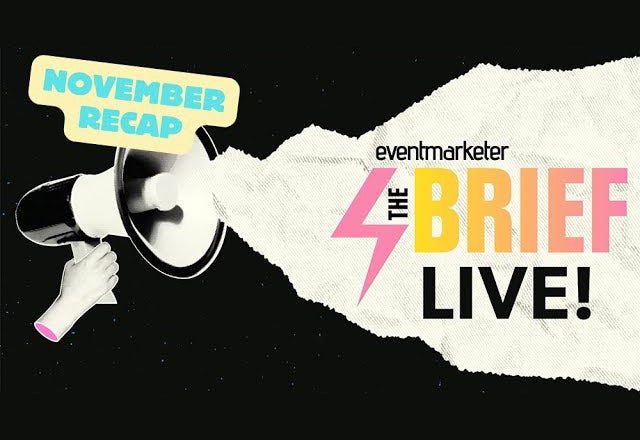I recently spotted this headline on a convenience store billboard: “Our Coffee is Fresh or It’s Free.” Get real, I said to myself. I want it fresh or I don’t want it at all.
In the split-second any of us have to capture the consumer’s attention and communicate an offer, we really can only generate one of two immediate responses. No matter how hard we try, no matter what lengthy assumptions are made in the “desired response” portion of a brief (e-mail me and I’ll share a few doozies with you), a mere two-word thought is all we can ever expect. Two words. Two choices: “Get real” or “That’s cool.”
That is why every promotional concept, every initiative, every communication we create should be put to this rather simple but telling test: What do you really think your intended target’s reaction will be? “Get real” or “That’s cool?” Test over. Pencils down.
What makes it so tough, of course, is that if you don’t get a “That’s cool” up front, you’ve lost your audience before you can even get to the benefits of your offer. Get past “That’s cool,” and (damn these demanding consumers) you can still lose your audience to a “Get real” response at any point in your communications.
Sometimes the tactic is one the public is tired of or just doesn’t find credible anymore. Everything I read about cause-related marketing these days suggests that consumers don’t like it when a donation is attached to their purchase. Come on, they seem to say, you’re a big company. If you want to support the Olympic Biathlon team, just go ahead and do it. But don’t make your donation my responsibility. In other words, get real.
At other times, the mechanics are what will drive your audience to fits of dismissiveness. Save a buck? That’s cool. But fill out a form, include a photocopy of the register receipt, put the whole thing in a 9″x12″ envelope, and make sure it’s postmarked on a Tuesday? Get real.
Protect the brand And in this era of brand-building mania, when no single message is disconnected from any other, if you elicit a “Get real” response, more is lost than a low return on the offer. You’ve given the customer another chance to say “Get real” to the brand itself. They have a reason to doubt the next mega-million dollar ad campaign, and a rationale to instinctively – if not defiantly – take home Tide rather than Cheer the next time detergent is on the shopping list.
In the C-store headline mentioned above, the communication itself was a “Get real.” Better just to offer me fresh coffee and give me a reason why it will be fresh. If a new pot is brewed every 20 minutes, that’s cool.
“Cool” has such infinite and subtle degrees of meaning depending on the audience who hears it. A simple “Yeah, that’s pretty cool” will be successful in most cases. We don’t have to go all the way to “Wow, like, that is totally cool, man.” (Although, if you’re talking to a marketing-hardened audience like today’s teens, you might have to go that far.)
Earlier this year we ran a promotion for Toys R Us behind the movie Godzilla (itself the recipient of a “Get real” response from the public) to help the chain sell Godzilla toys. Rather than simply offer another free premium, we gave away a concept: Kids had the chance to join the GZIA, the Godzilla Intelligence Agency. If we had offered up a pair of cheap sunglasses with a retread Jurassic Park motif, it would have garnered a big “Get real.” Instead, kids took home a package with a GZIA member’s card, a decoder device, instructions on official GZIA hand signals, and a pair of sunglasses. The takeaway on this promo suggests that our target thought “Hey, pretty cool.”
Most importantly in the world of promotion, where 50 million coupons dropped can generate a whopping 2 percent response, you can’t ignore the communication’s impact on the other 49 million people who saw the insert and were left with an impression of your brand. Which one will it be: “That’s cool” or “Get real?”



